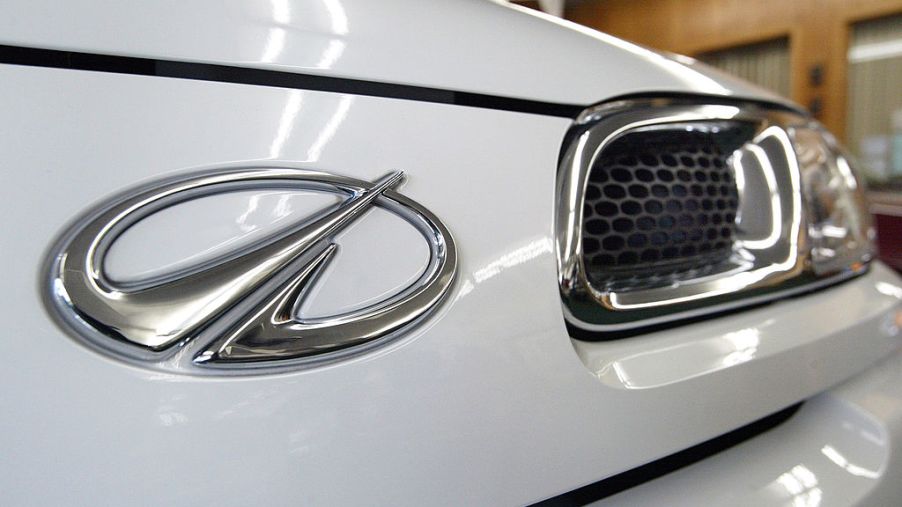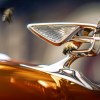
What Happened to Oldsmobile?
Oldsmobile was a pioneer of car making, but in 2004 the last Oldsmobile — a dark red Alero sedan — was produced at what was then General Motors Corp.’s Lansing Car Assembly plant.
Oldsmobile was founded more than a century ago. The last car was produced more than a decade ago, yet the legacy of the company remains. These days, it lives on in grandparents’ garages, dated photos, museums, and in the stories of those who worked for Oldsmobile before it became part of GM.
So what happened to Oldsmobile? Why was it phased out? Why did it become relegated to memory instead of being brought into the 21st-century like so many other brands? In this article, we’ll explore the history and delve into the causes of its downfall. Later, we’ll discuss who still collects the cars today after so much time has passed.
The history of Oldsmobile
In 1864, Ransom E. Olds was born in Geneva, Ohio, and moved to Lansing, Michigan, when he was 16. According to the Oldsmobile Society of America, a club dedicated to the preservation and enjoyment of Oldsmobile, Ransom E. Olds built a gas-powered car in 1896 and “starts motoring around Lansing.”
In 1897, Olds founded the Olds Motor Vehicle Company and built four cars. “The Lansing-based manufacturer is the first company organized specifically to produce cars in quantity.”
In 1908, Oldsmobile became part of the newly organized General Motors Company as one of its first two operating divisions; the other was Buick. Then, in 1916, the company designed and used the first V-8 engine (which would be updated to the Rocket V-8 engine in 1949). By 1935, Oldsmobile was doing extremely well, and the one-millionth Old was built.
In 1950, Ransom E. Olds — the original founder of the company — passed away. He would just barely miss seeing Oldsmobile become the nation’s fourth-largest automaker in 1958. Although, according to USA Today, Olds had already “quit his stake in the company he founded before it joined what was then was a fledgling General Motors.”
With the opening of a new Cutlass plant in 1978, Oldsmobile’s Lansing operations become the largest passenger car assembly site in North America. And in 1984, with the reorganization of General Motors, Oldsmobile became a sales-and-marketing division within the Buick-Oldsmobile-Cadillac Group. That year would also mark the best sales Oldsmobile would ever see, selling more cars in 1984 than in any other year.
A slow demise
Though Oldsmobile would continue its winning streak through the 1980s, selling more than one million cars every year, it hit a slump in the 1990s. The company began to see sales steadily decline. USA Today writes, “By its centennial mark in 1997, some analysts were predicting the brand’s image problems could be insurmountable.” The biggest of those brand image issues was the fact that Oldsmobiles were not distinct enough to separate itself from other competing vehicles.
In a review of the Alero almost two months after Oldsmobile had shuttered its doors, The New York Times put it more transparently. “Not a terribly bad car nor an especially good one, the Alero’s white-bread mediocrity is typical of the small to midsize cars that Detroit has churned out for years,” it wrote. “The Alero is, in fact, a virtual twin of the Pontiac Grand Am. Both are transportation devices, cars for people who don’t like cars very much.”
So why does Oldsmobile still have such a strong following?
But if Oldsmobile is a car “for people who don’t like cars very much,” then why does it have such a strong following to this day? Autoworkers, as well as car enthusiasts, are doing their best to keep its legacy alive. Not only do these people believe in the classic look and vision of an Oldsmobile, but they also believe in it remaining a vibrant and foundational part of the history of car making in the United States.
The mission statement at GM’s Lansing Delta Township plant begins with the words, “Building on our heritage,” and those who know the history of car making know that Oldsmobile is and will forever be an essential part of that heritage. That’s really where it all started.


